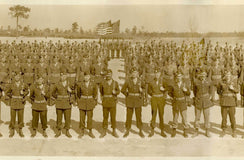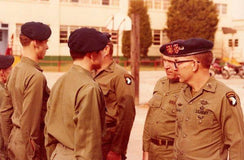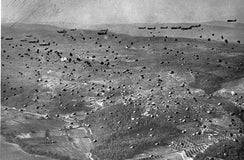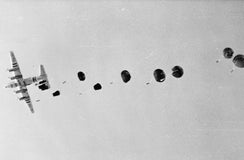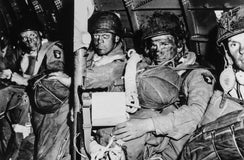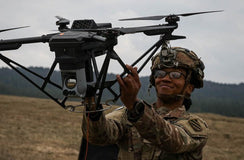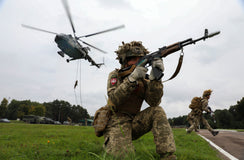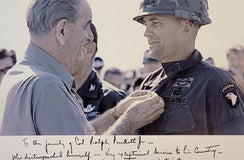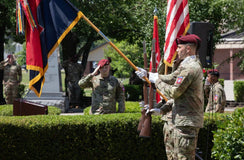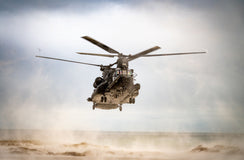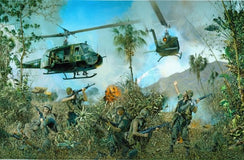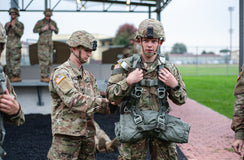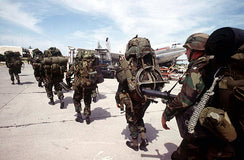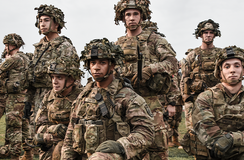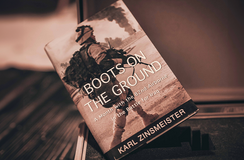The Army’s recruiting problem: Low Test Scores and A Childhood Obesity Crisis
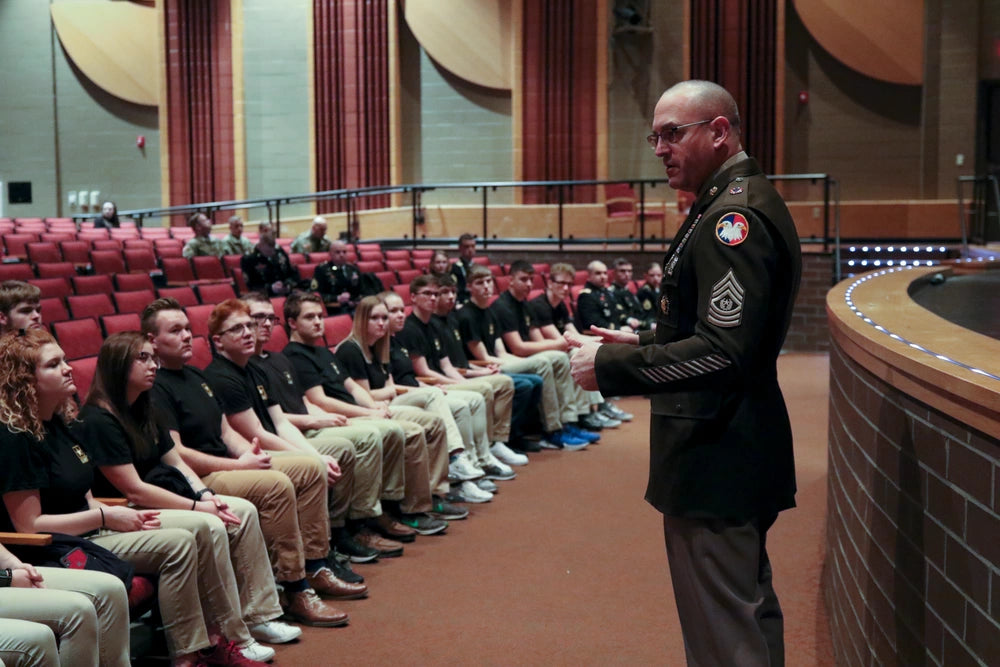
Apparently fewer Americans want to become soldiers of the nation’s Army and for the first time in generations the U.S. Army Recruitment Command has grossly underperformed. The statistics are somewhat shocking as in July only 50% of the annual goal was achieved and by the end of the fiscal year the Army’s total force will be 466,000 instead of the targeted 476,000. The original plan was to have 485,000 soldiers by October 2022 but the Army readjusted the numbers when it encountered the recruitment challenges.
If the trend continues there are fears that next year’s goal could fall short by a staggering 25,000-28,000 of new recruits. While there may be various reasons behind this drop and there is certainly no quick-fix formula. The effects will be felt across the army especially in the more specialized units because the Army will be short the equivalent of six battalions. So, what does this mean in the short term and how will the Army cope with the shortage?
How did we get here?
The events are so recent that a proper analysis to study the factors will take some time until conducted but here’s what we know so far. One of the reasons is attributed to Covid and its effects on the health and education system because. Before 2020 between 30% and 40% of the potential recruits were disqualified in the first 48 hours of screening whereas that figure is nearly 70% in 2022. This is due to many factors such as obesity, drug use and poor academic performance among many other hidden factors.
As far as physical standards many potential candidates are instantly eliminated due to being overweight or obese, which continues to be a problem in America and other countries. Additionally, the Department of Defense has introduced Military Healthy System “Genesis” which has complete access to medical records and prescription histories of the applicants. The access to such data automatically eliminates many applicants due to previous health conditions in addition to discouraging other ones who have to provide additional information. The introduction of the Covid vaccine as a requirement has further decreased the pool of candidates.
Yet, one of the most challenging medical issues is the use of marijuana. Although legalized in many states in the U.S., it is still a disqualifying offense for anyone wanting to serve in the Army, unless you have given up use and ask for a waiver. A RAND study on the topic found that “a failed drug test for marijuana would block the one-third of American 18-year-olds who say they have used marijuana at least once in the past year.”
Quick fix? $50,000 signing bonus (not a typo) and basic training for basic training!!!
So, while you’re still shaking your head at the enlistment figure above, the Army had to react fast in finding an interim solution. There many initiatives and ideas being considered and implemented but the big ones are financial incentives and prep courses for basic training.
The U.S. Army has introduced a Pre-basic Training Improvement Camp for candidates who do not meet the criteria to become Joes due to low test score or excessive body fat. The end state of the initiative is to lessen the impact of two societal trends: a significant drop in test-scores post-covid and the deepening childhood obesity pandemic. The candidates are enlisted through 09M delayed training contracts subject to renegotiation upon completion of the prep course. The program consists of two separate tracks, the academic and the fitness track, each one consisting of three weeks.
The academic track consists of candidates who scored between 21 and 31 on the Armed Forces Qualification Test (AFQT) categorized as Category IV by the respective aptitude measurement system. The program cadre works closely with the candidates to provide them with the guidance and knowledge to improve their aptitude scores. The goal is that candidates move to Category IIIB scoring between 32 and 49 or even achieving Category III A, allowing them more options in their future MOS.
On the other hand, the fitness track is designed for candidates who have up to 6% more body fat than the standard respective to their age, height and gender. The program is designed to have athletic trainers and dieticians working with the candidates to reduce their body fat in order to achieve no more than 2% body of their respective age/gender group.
In other words, this is basic training for basic training and it goes against traditional recruits who ‘tough it out’ but the reality is that times have changed. The program will probably receive criticism and be categorized as ‘soft’ by veterans but the pilot project being run in Fort Jackson, South Carolina is being considered a success by army leaders. In fact, there are already plans to expand the program into more training centers.
$50,000 signing bonuses…for starters
For the first time in its history, the U.S. Army is offering enlistment bonuses up to $50,000 to new recruits, a $10,000 increase from the previous incentive. Those able to start Basic Training within 90 days are offered from $2000 to $9000 depending on how soon the show up; the sooner the more.
Of course, the Army knows that Paratroopers are special so it is offering recruits $10,000 if they sign up for Airborne School while double of that amount is offered to candidates for Ranger School. The Army is aiming to compete with the private sector which is also offering better conditions for employees at a time when unemployment rate in America is at around 3.6%. An additional reason is the fact that only around 23% of young Americans are eligible to serve so the candidate pool is shrinking for many reasons. Disclaimer: The bonuses do pertain to specific jobs within the Army, make sure to discuss these option directly with an Army recruiter.
The future is uncertain
Still, the more specialized units such as Airborne units will feel the crisis as it will theoretically and statistically have to pick from a lower number of a candidates with lower statistical scores than those from the past. This will require the NCO’s and Officers to spend more time training their troops and making sure they improve their technical skills.
At the same time, the Army will be finding ways to keep the units manned at a time of crisis. While the future in this aspect seems uncertain, the Army will overcome this challenge, just as it has done so historically. Its men and women will show resilience and creativity in dealing with the most important asset of the army, its people!
What do you think about this challenge? How can current paratroopers help? What about airborne veterans, can they impact more young people to join? Give us your thoughts, we’d love to hear from you!
Photo Credit: Brig. Gen. Brandon Tegtmeier speaks with new Army recruits during a NASCAR race May 29, 2022, at Charlotte Motor Speedway, N.C. (Rognie Ortiz Vega/U.S. Army)


